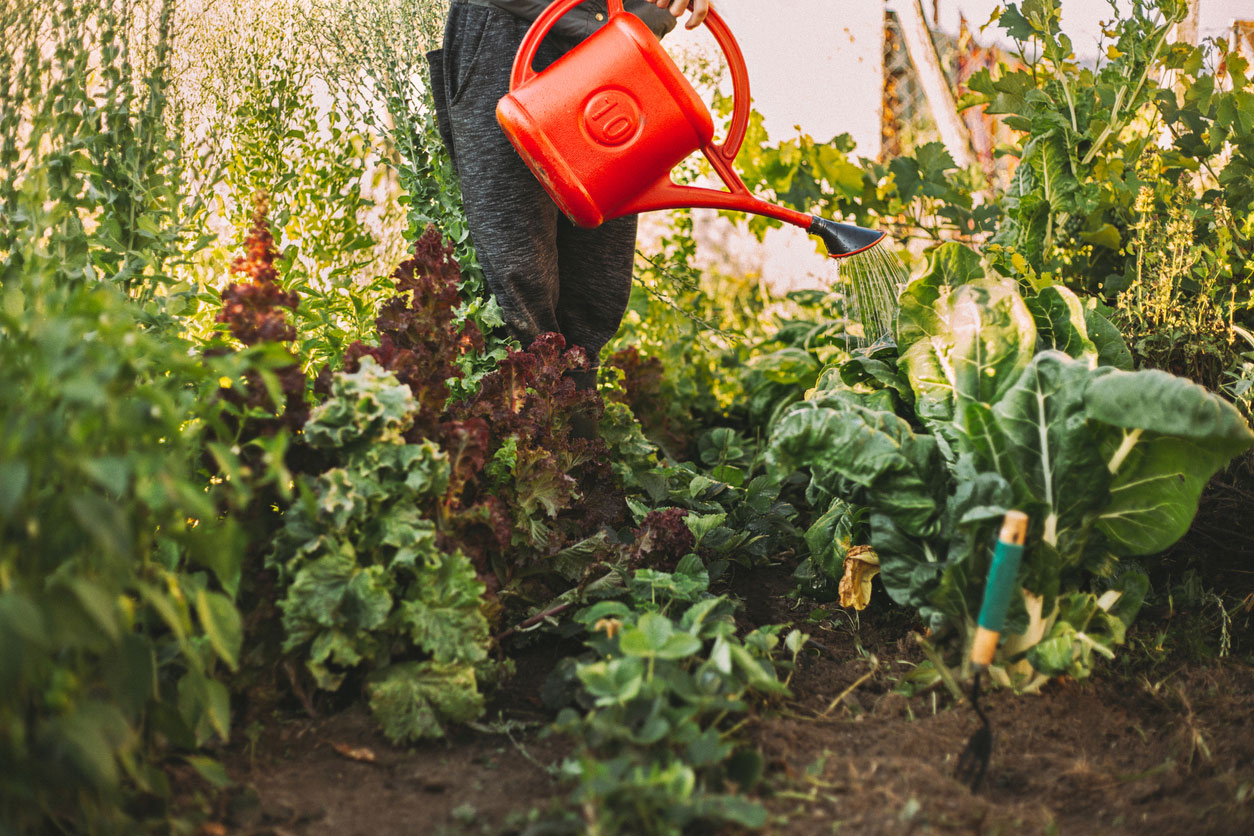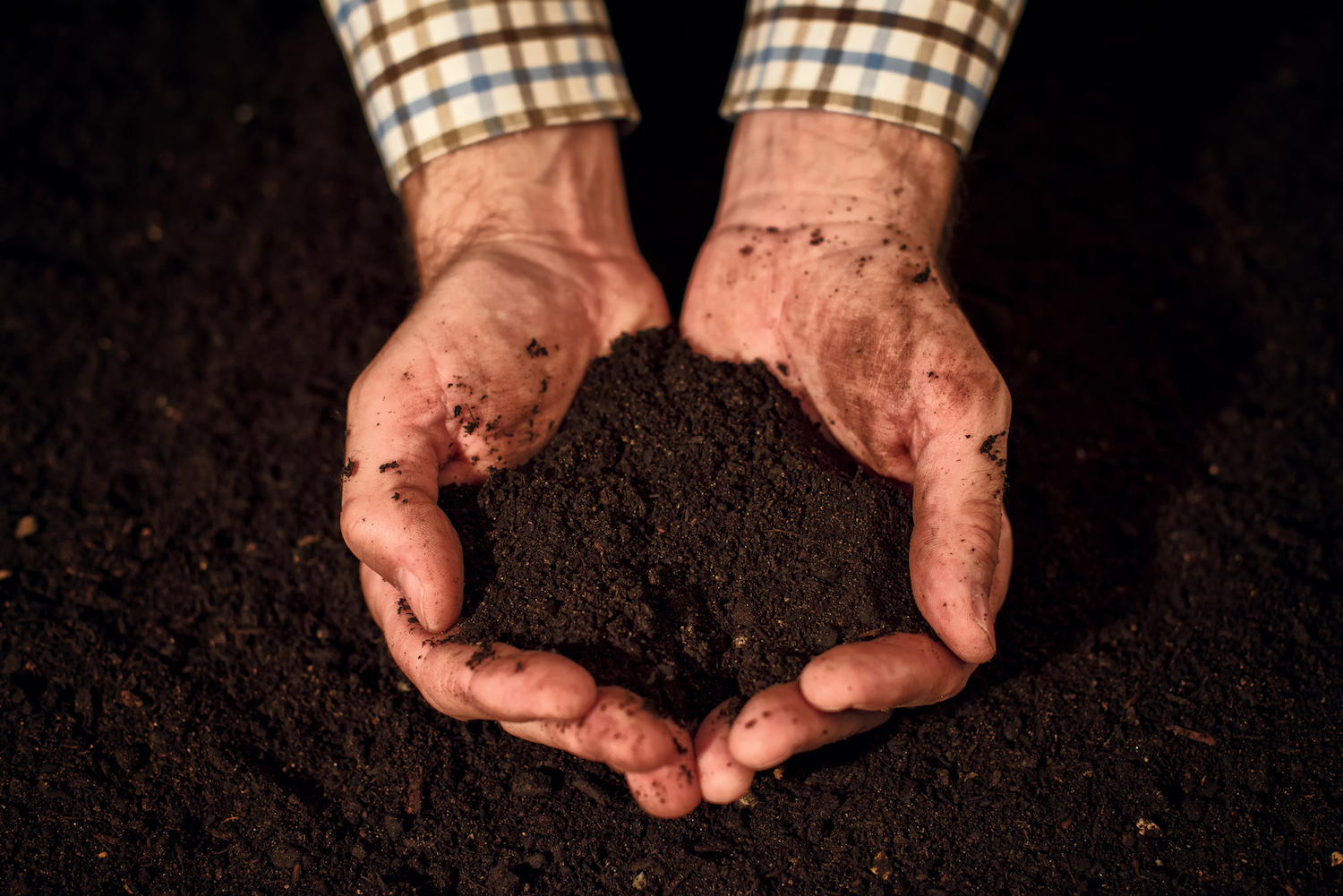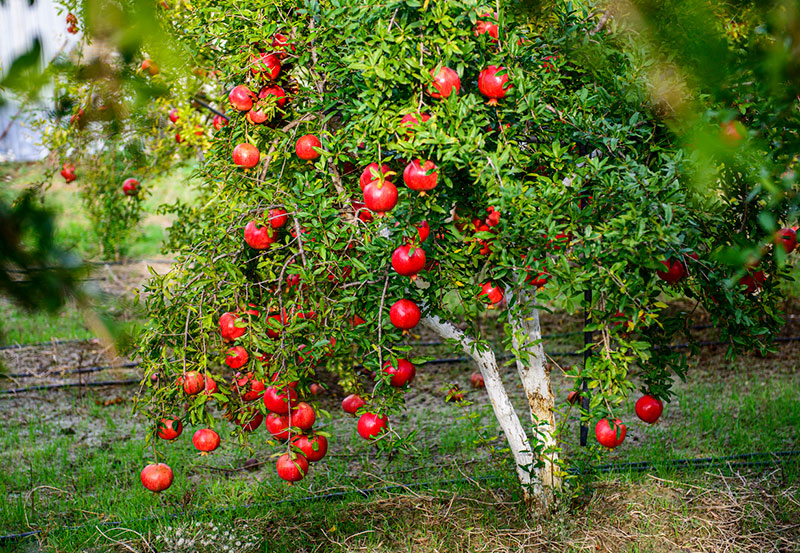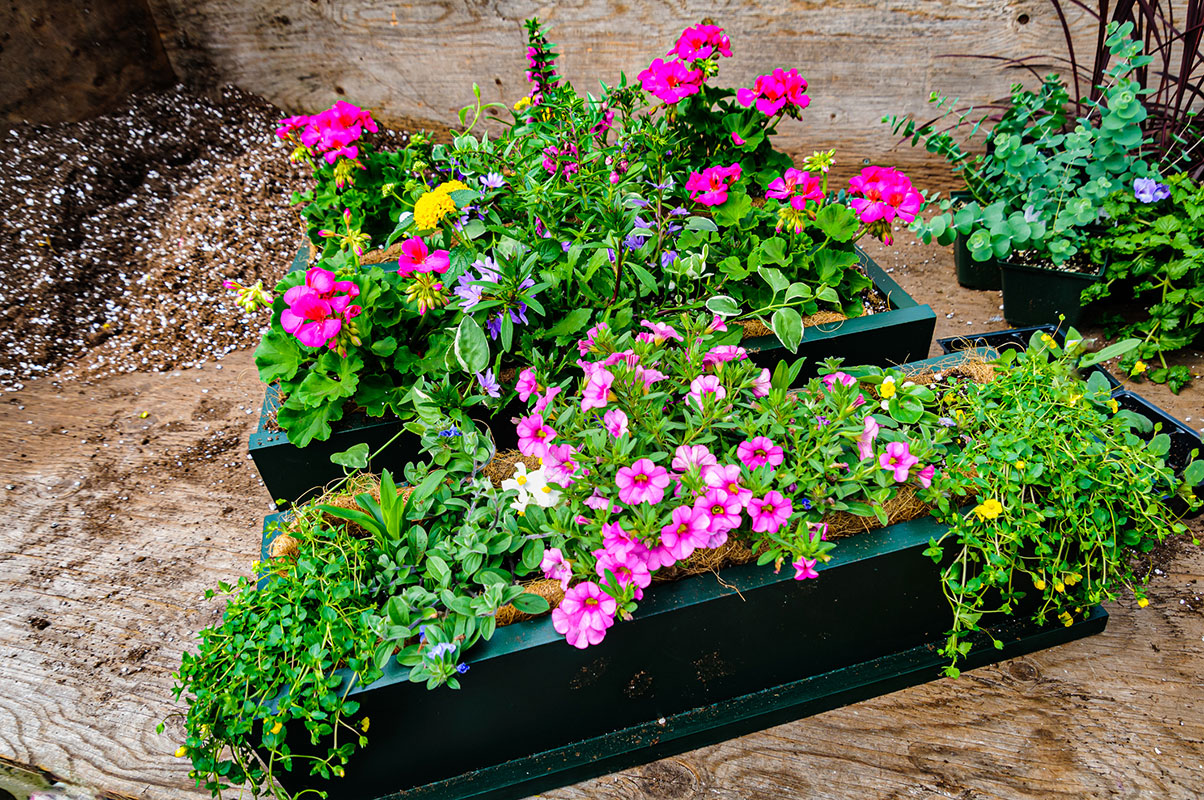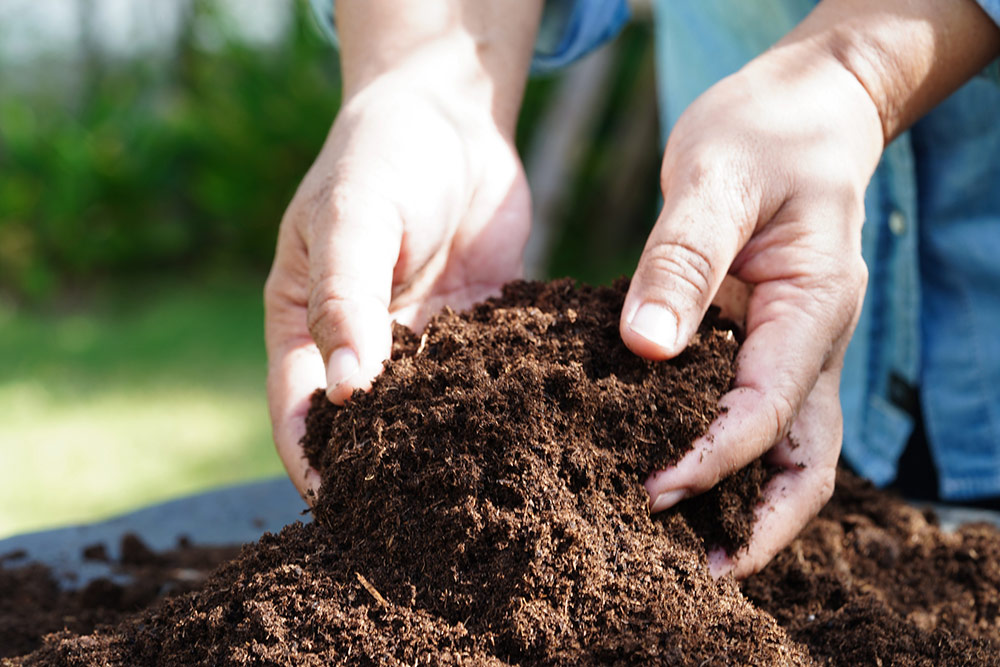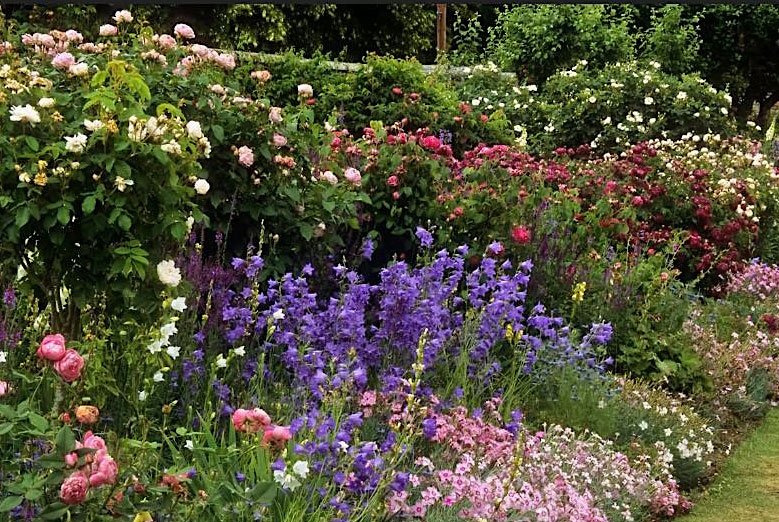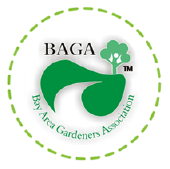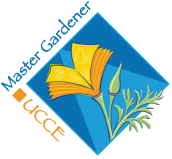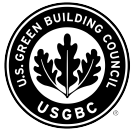Introduction
Whether your goal is to create a more resilient garden or support climate action while enhancing your landscape’s beauty and productivity, implementing carbon sequestration practices in your Bay Area garden offers many benefits. At Lyngso, we understand that working with carbon sequestration (the process of capturing and storing atmospheric carbon dioxide in soil) can be a challenge, especially considering factors such as soil type, plant selection, and local Bay Area conditions. In this guide, we’ll explore proven techniques and the science behind them to help you turn your garden into a thriving, low-maintenance carbon sink that improves soil health, reduces water needs, and supports a healthy ecosystem.


